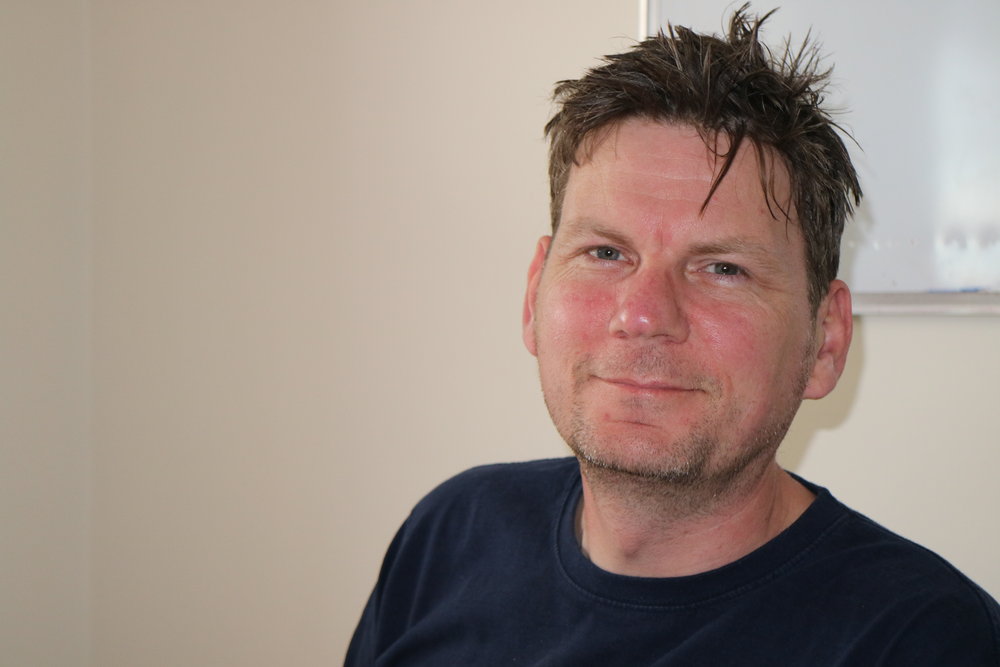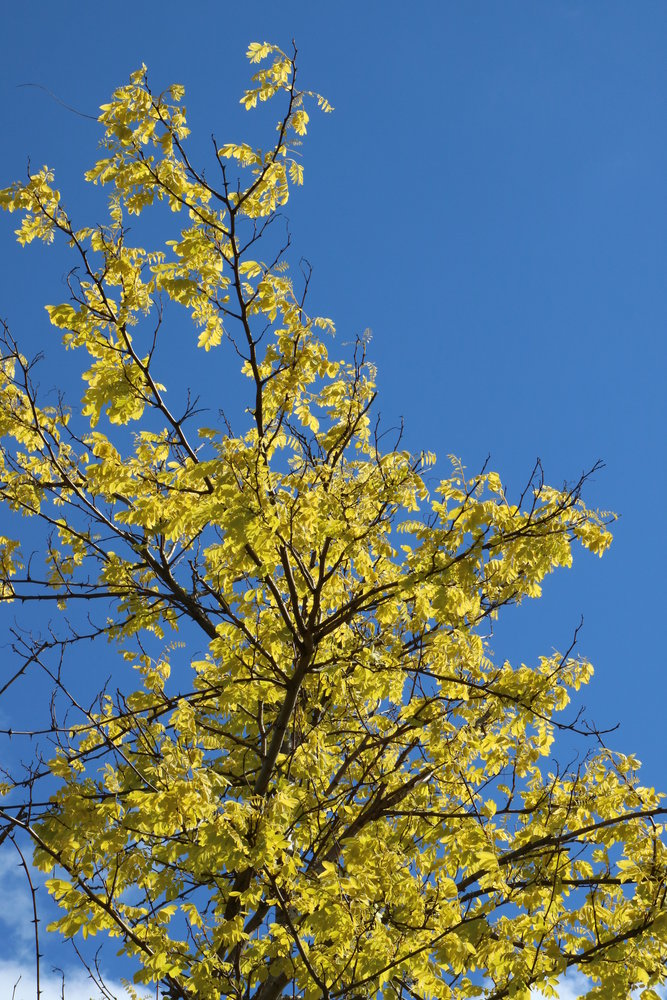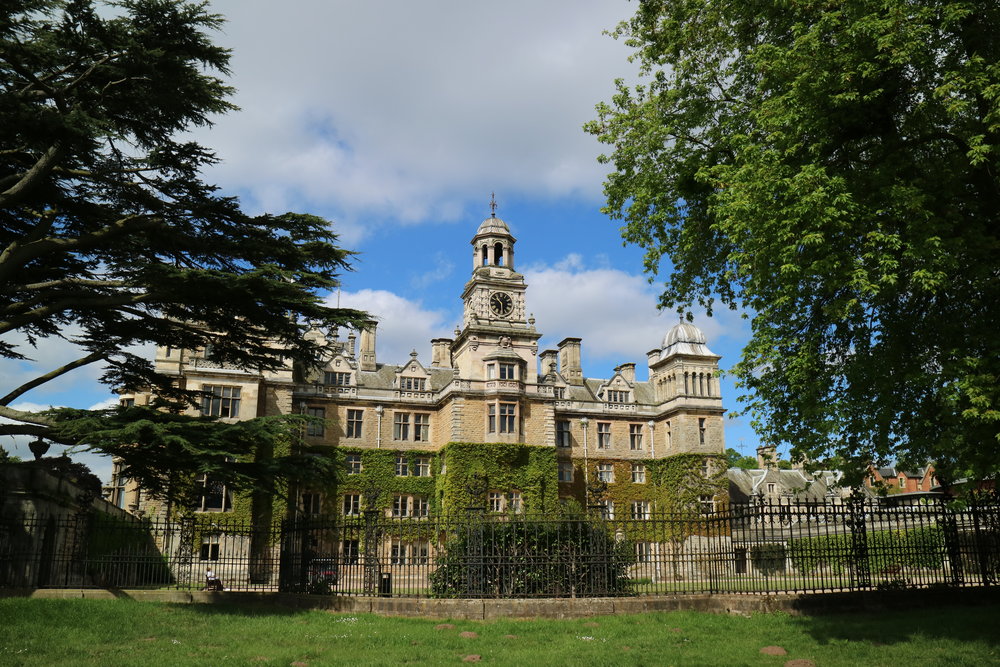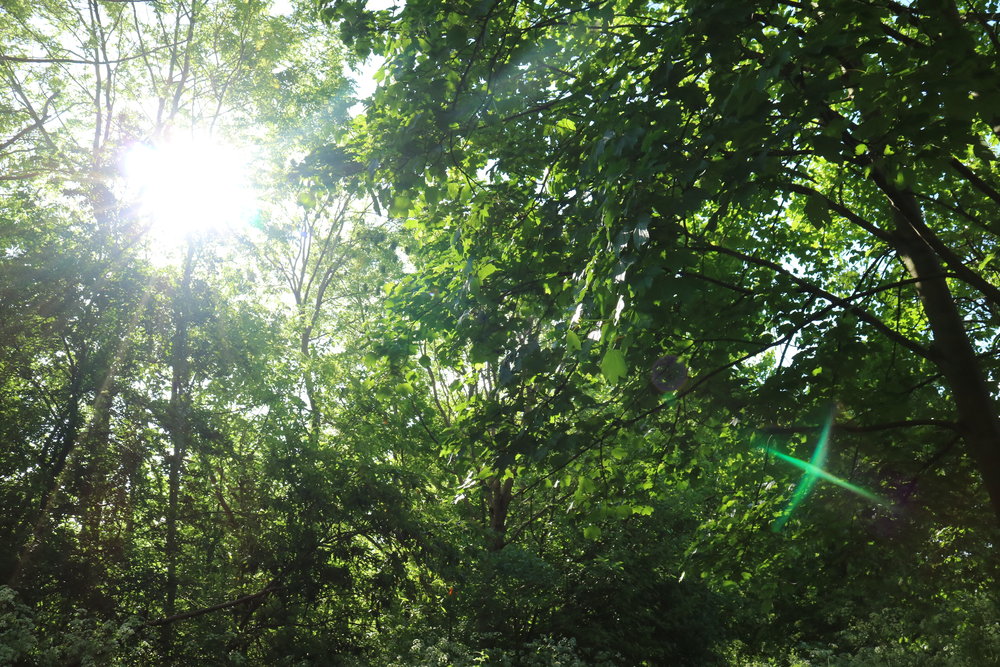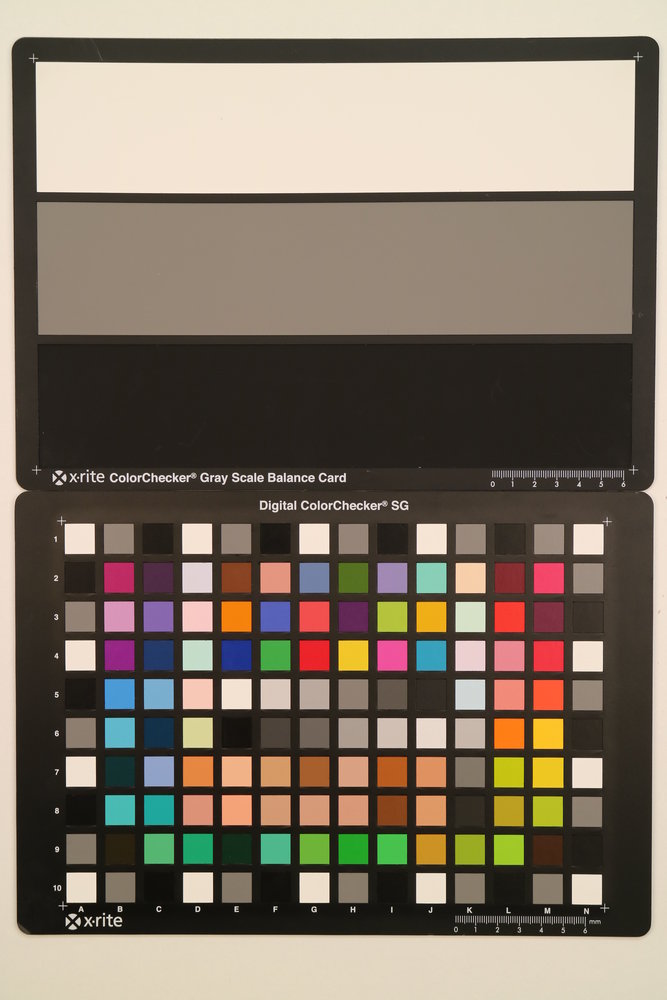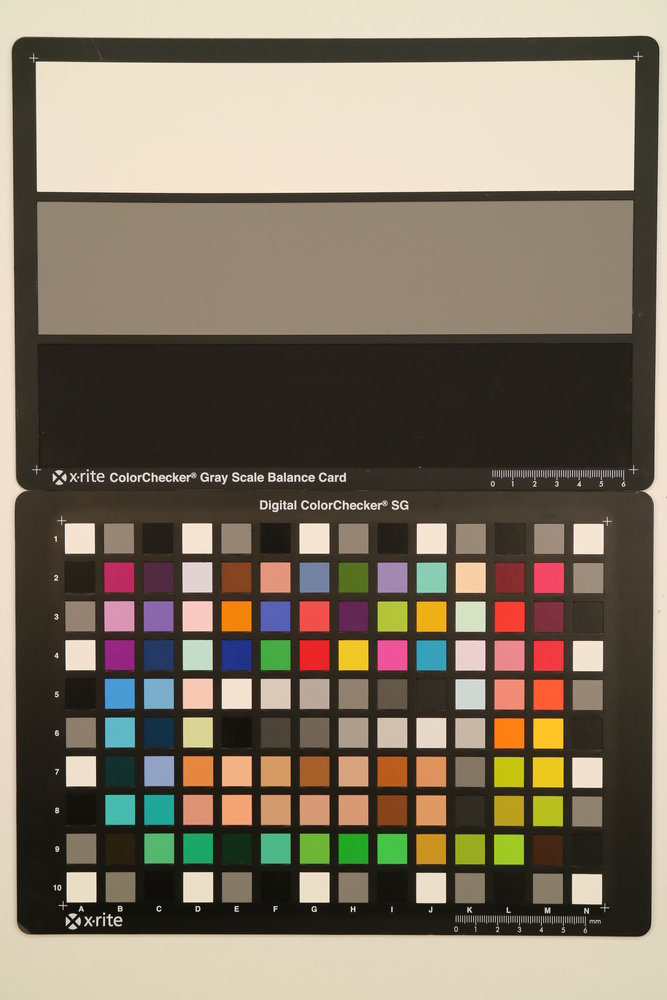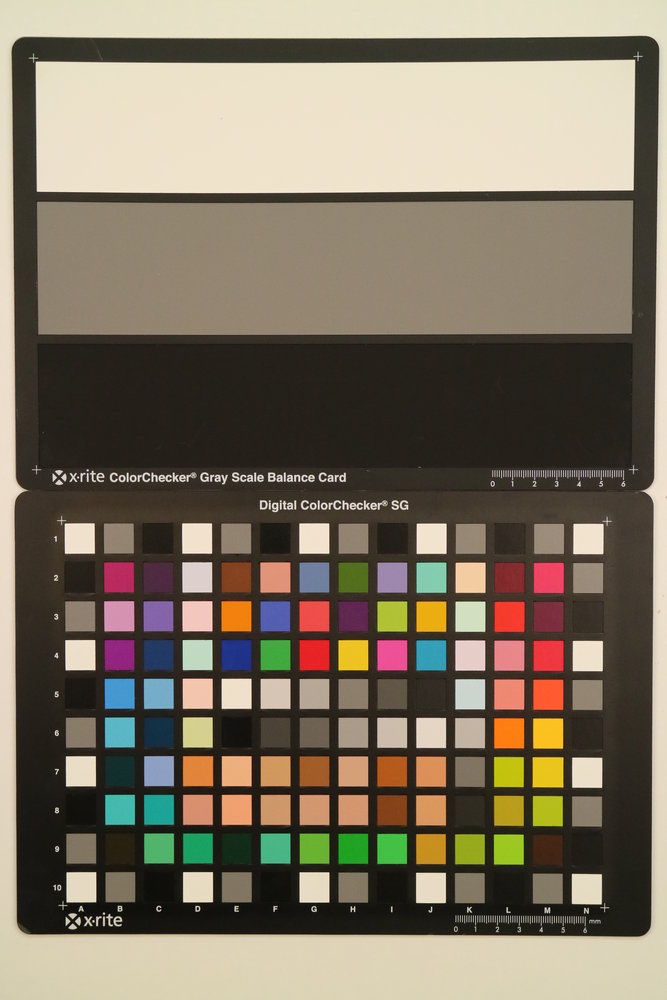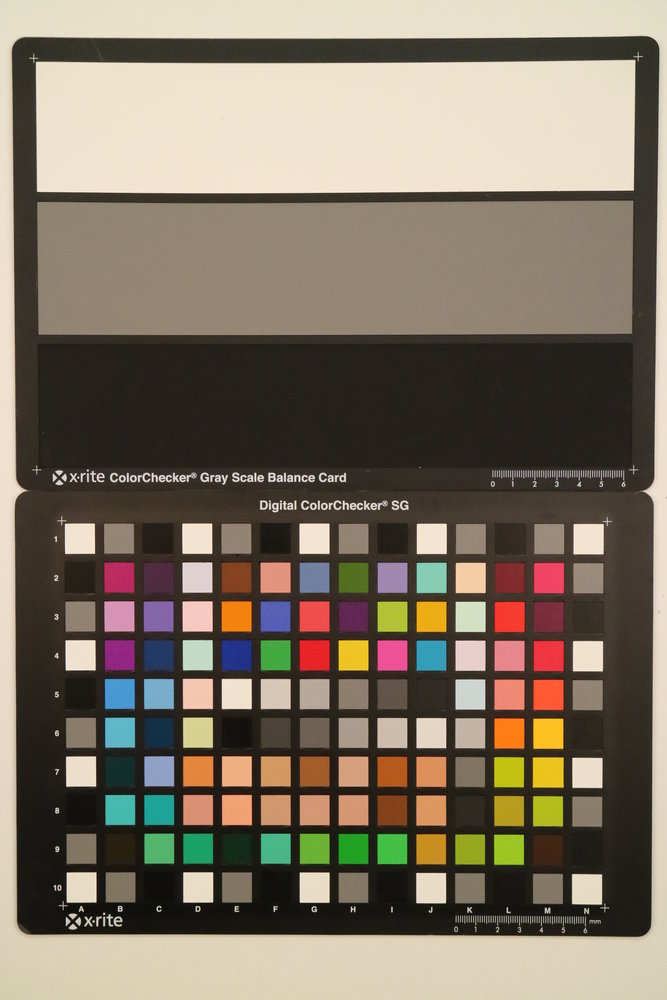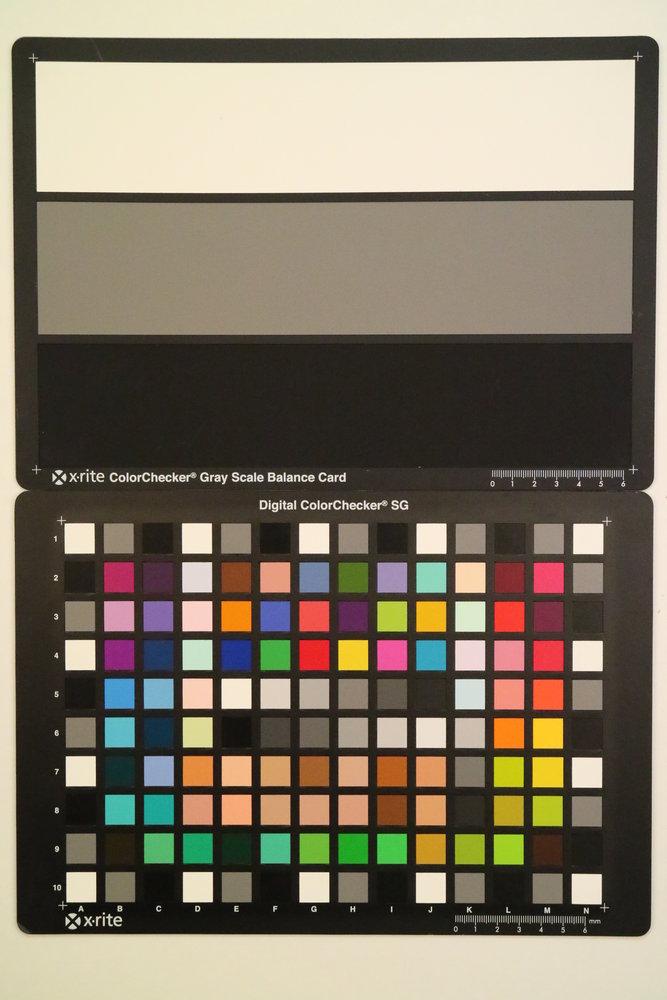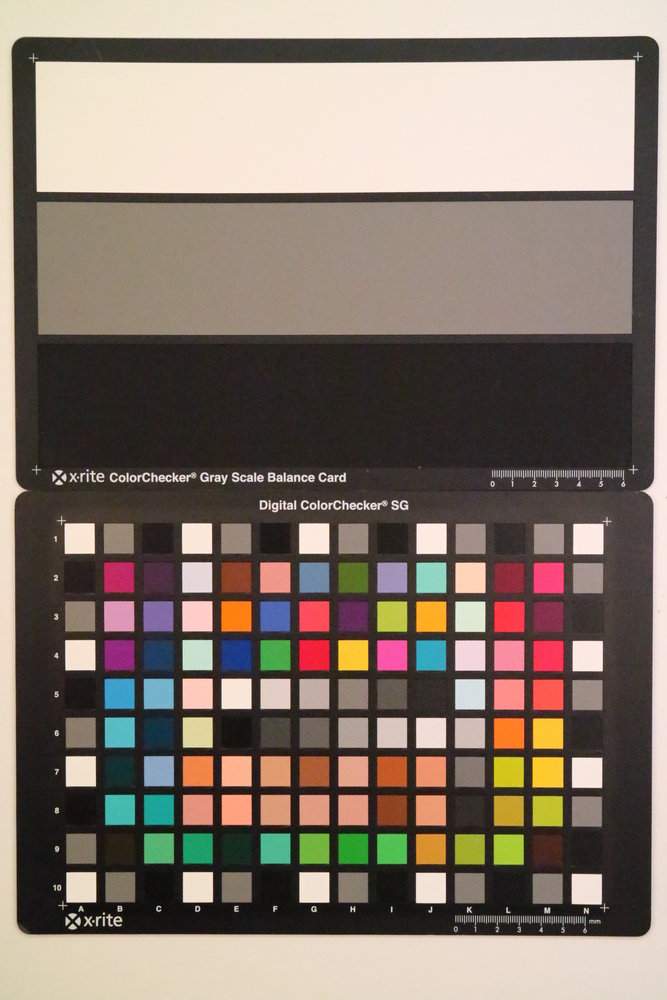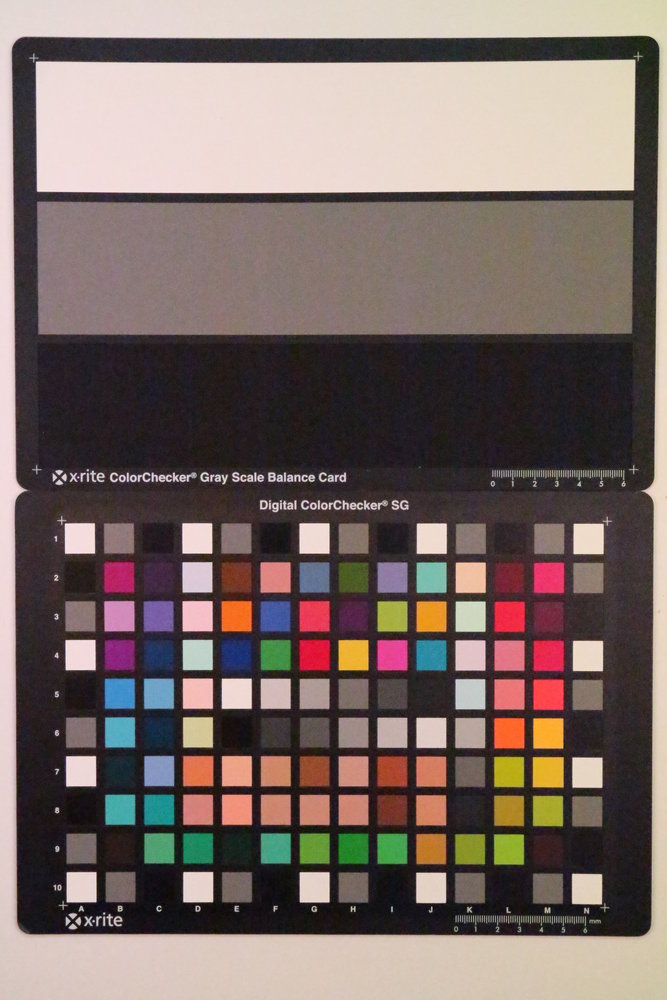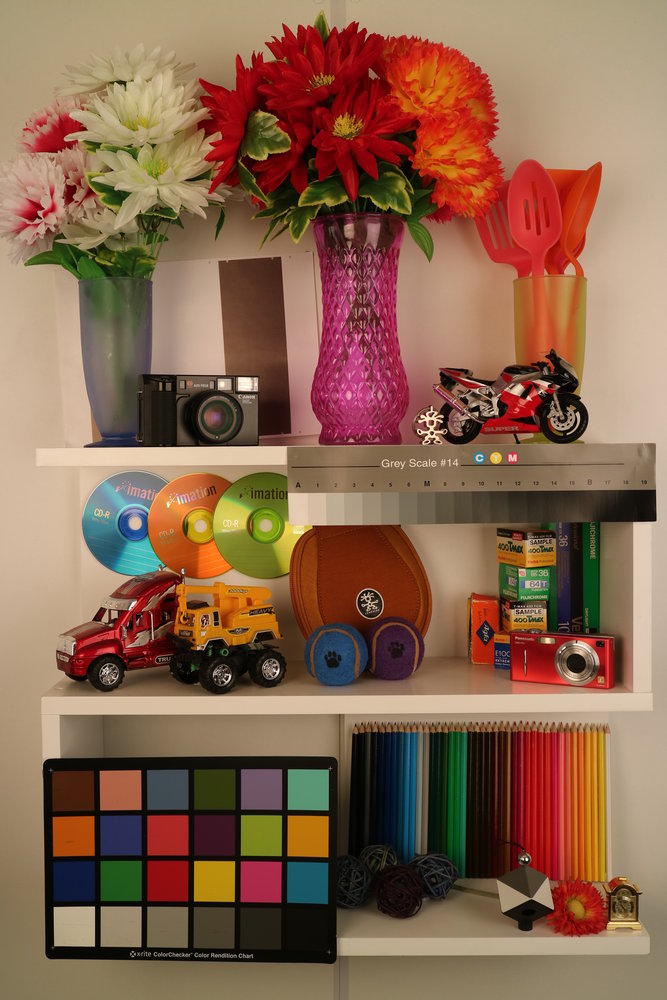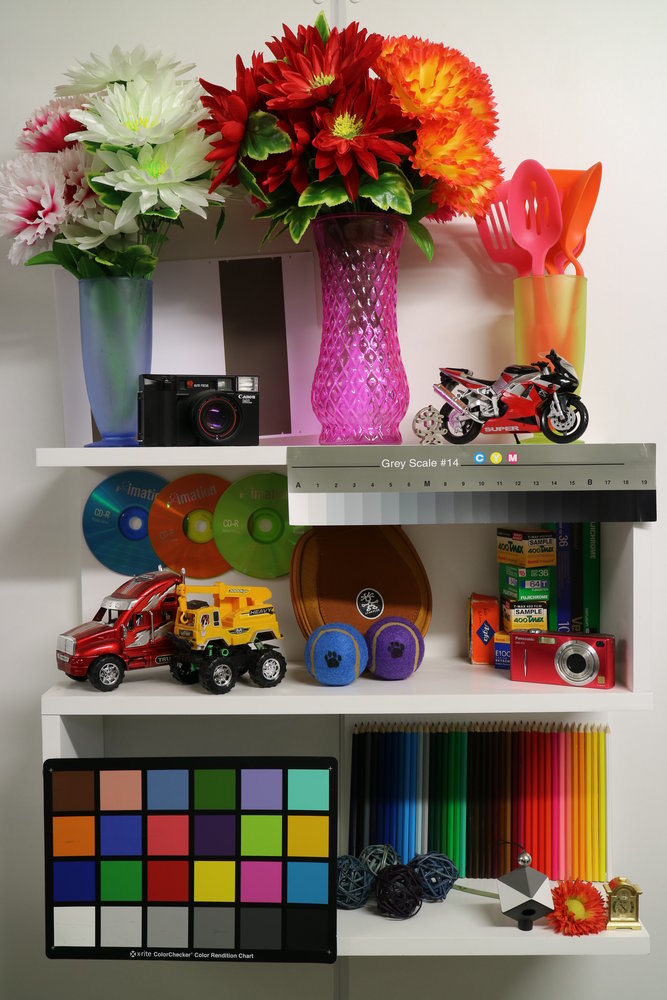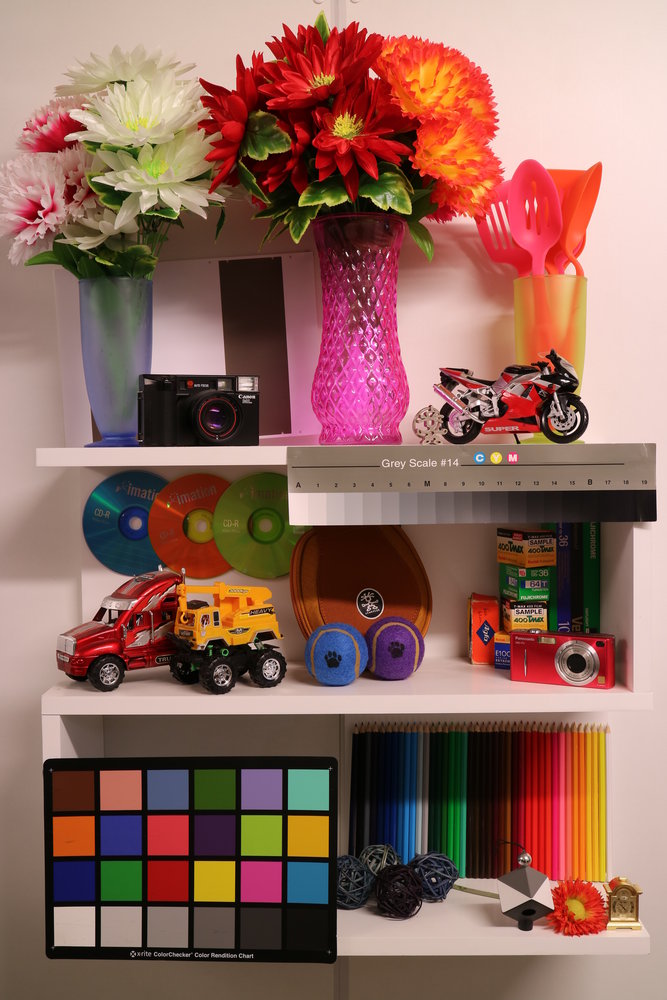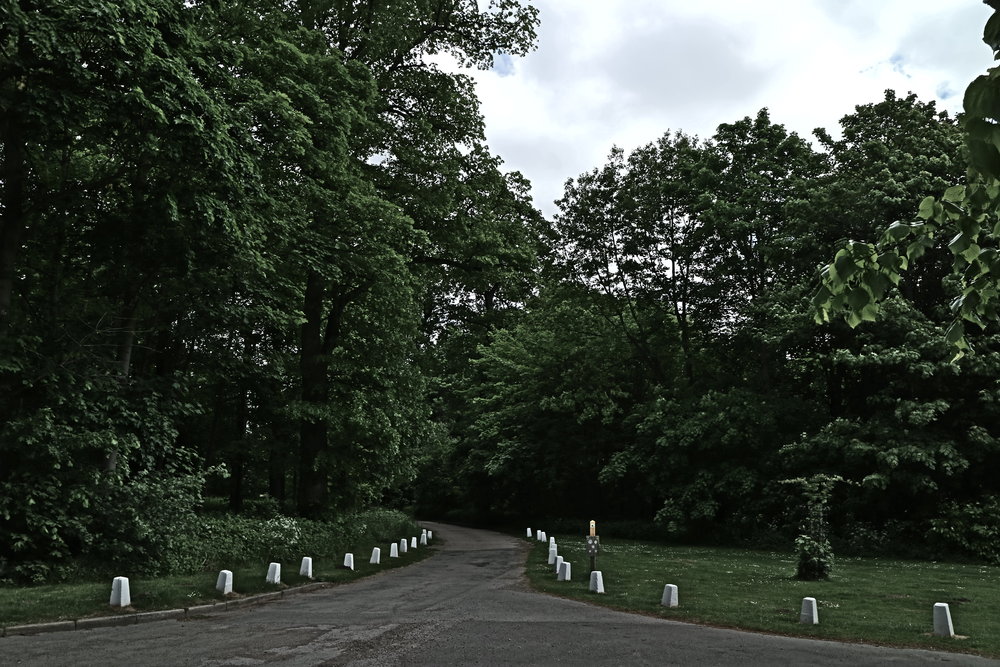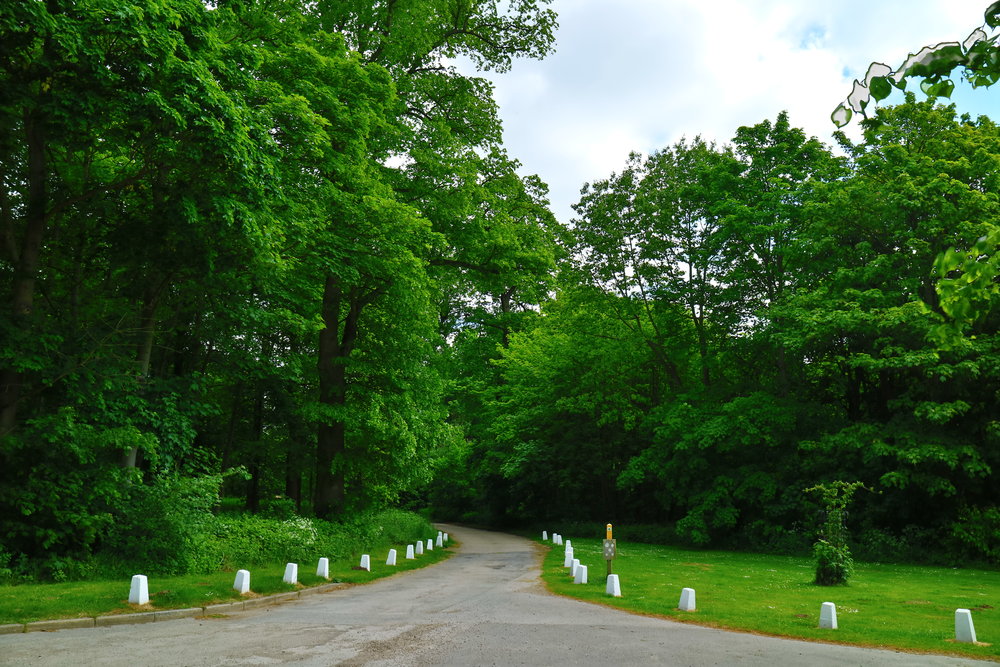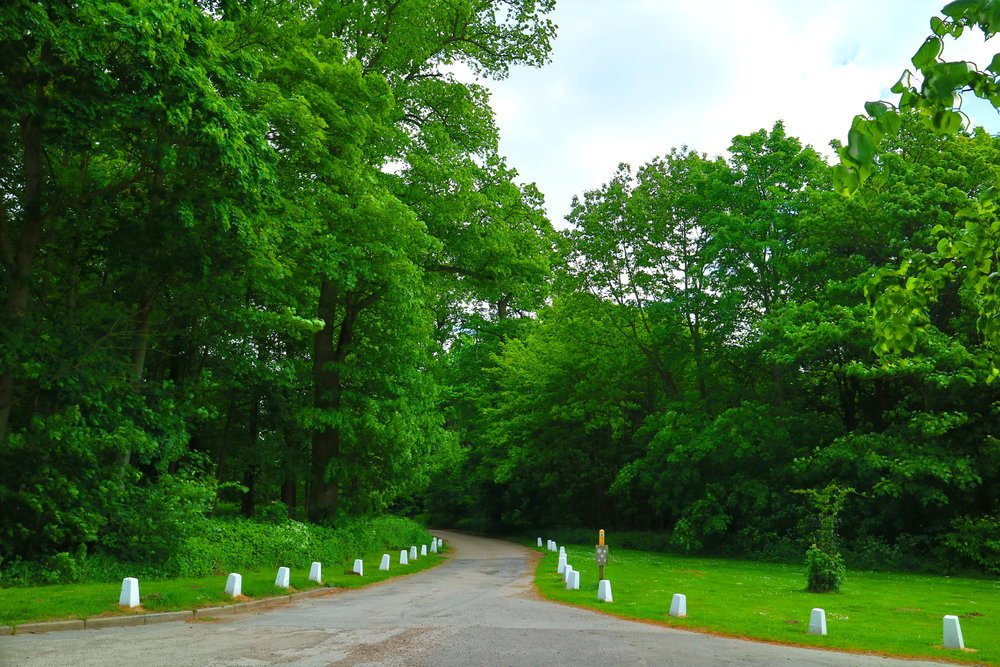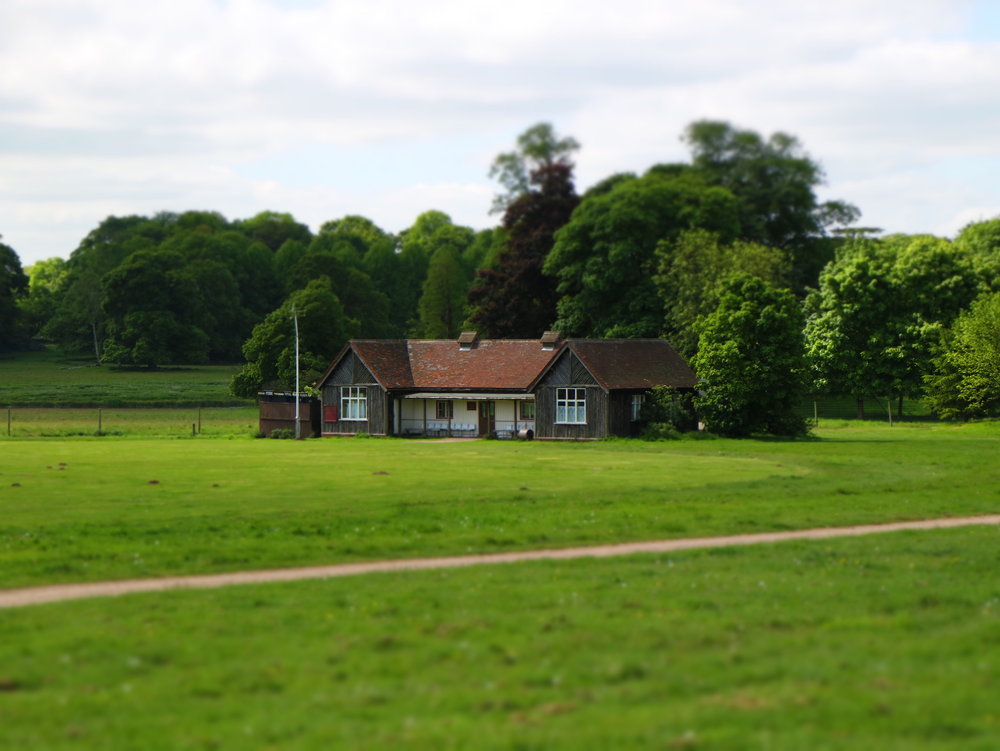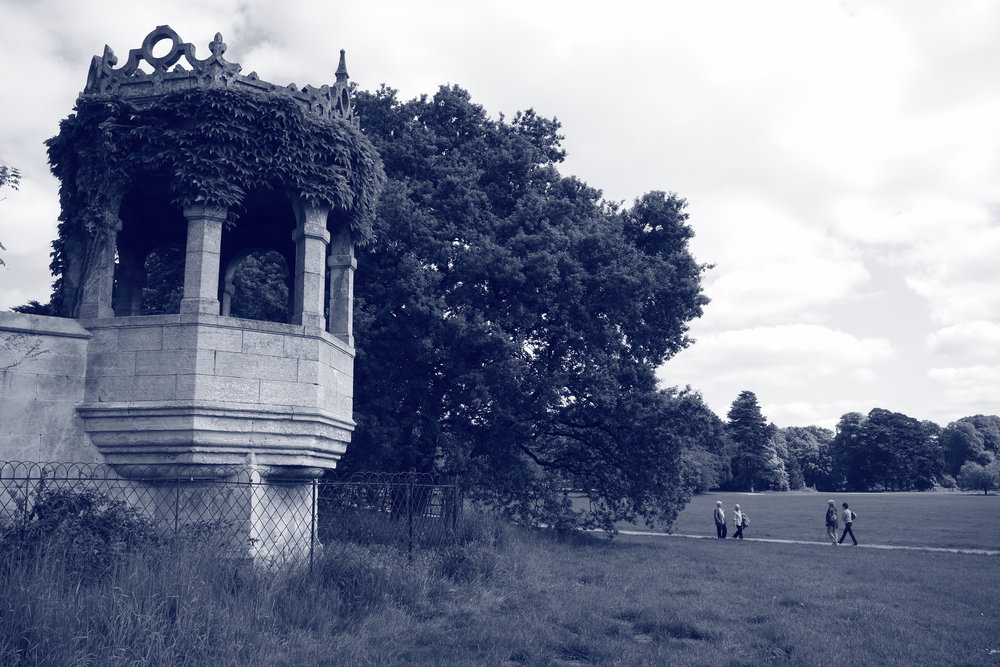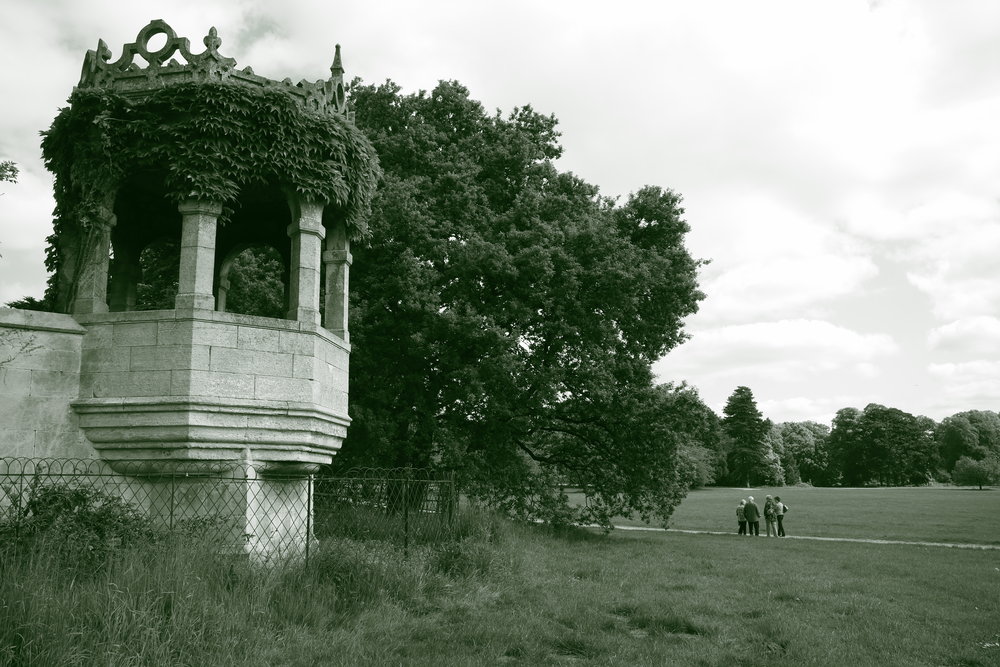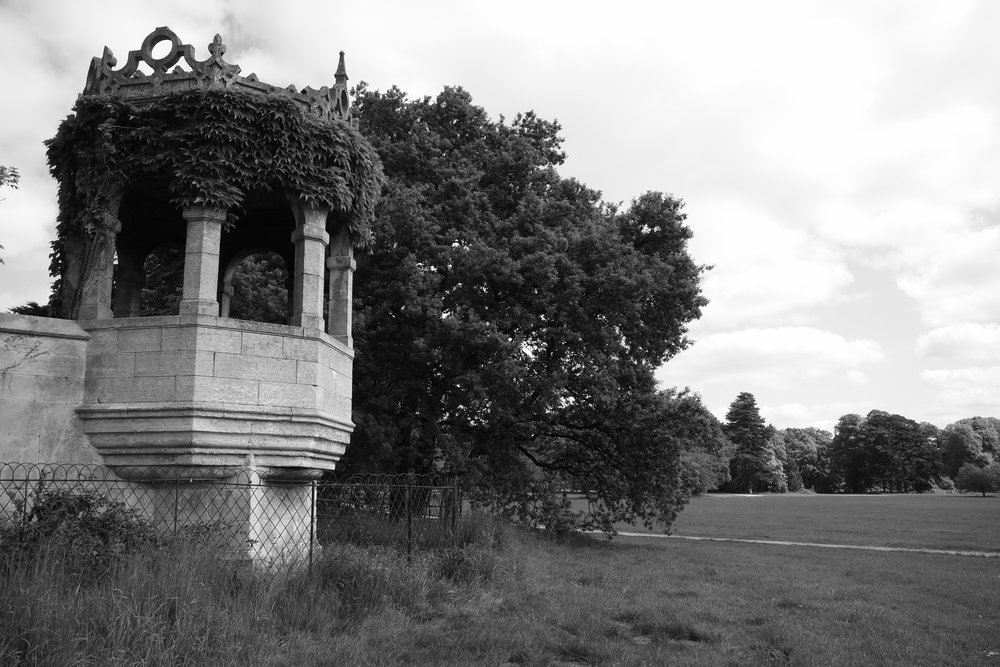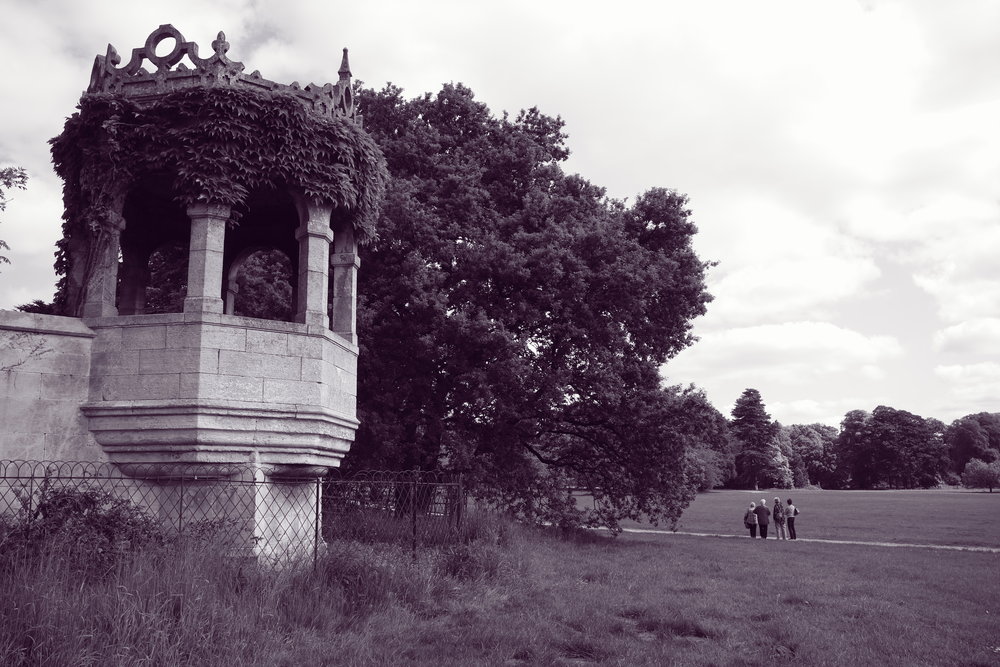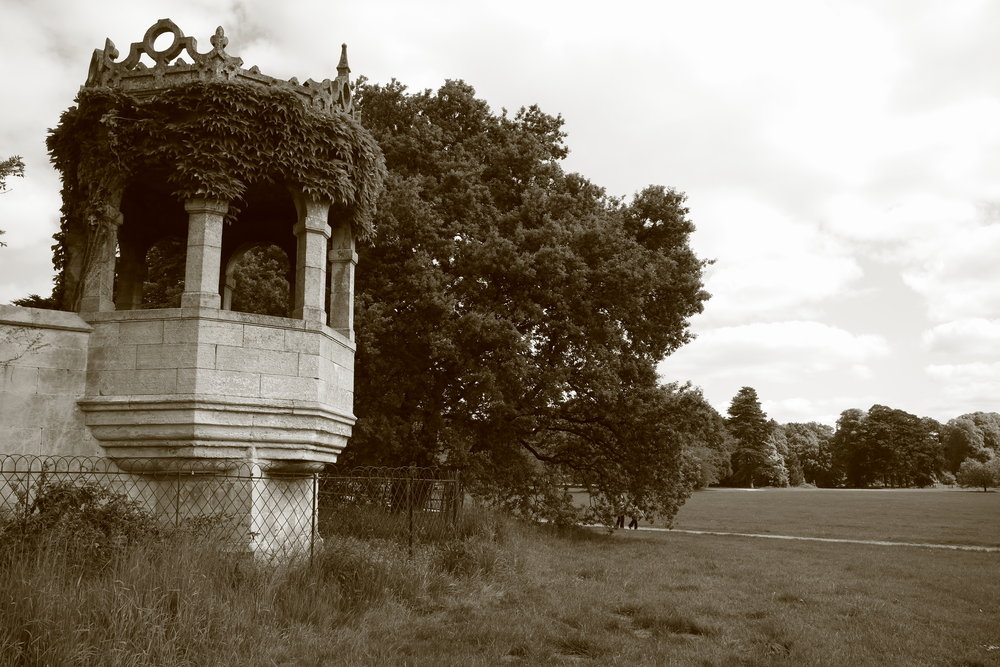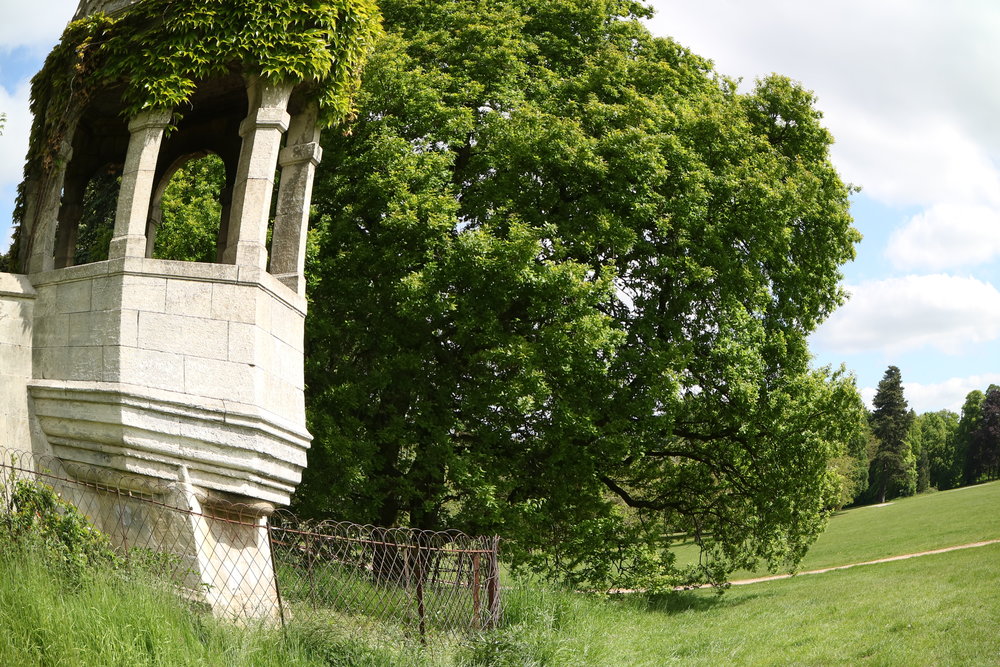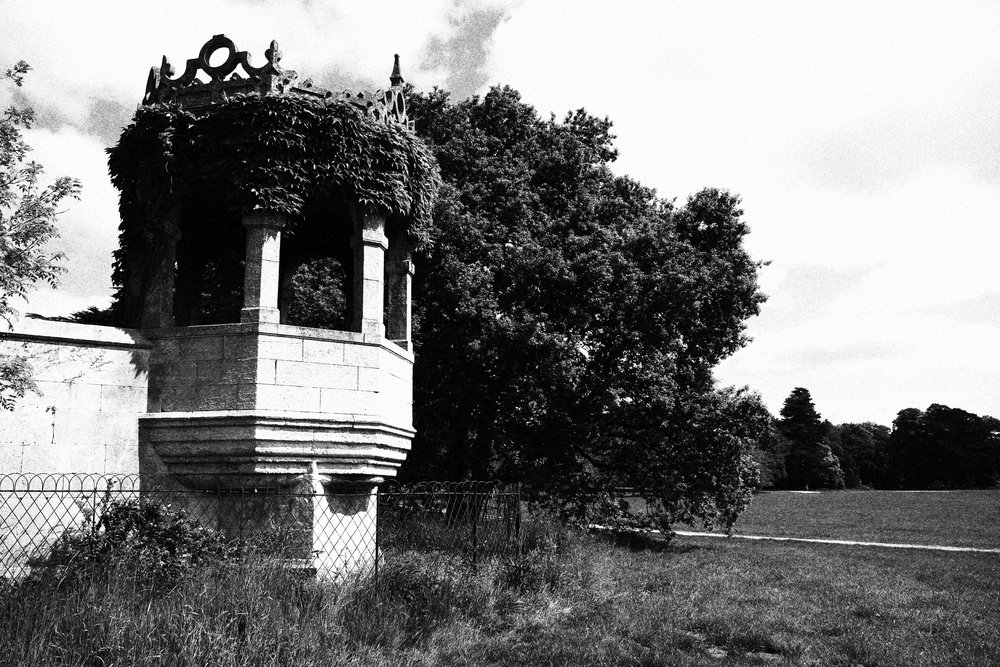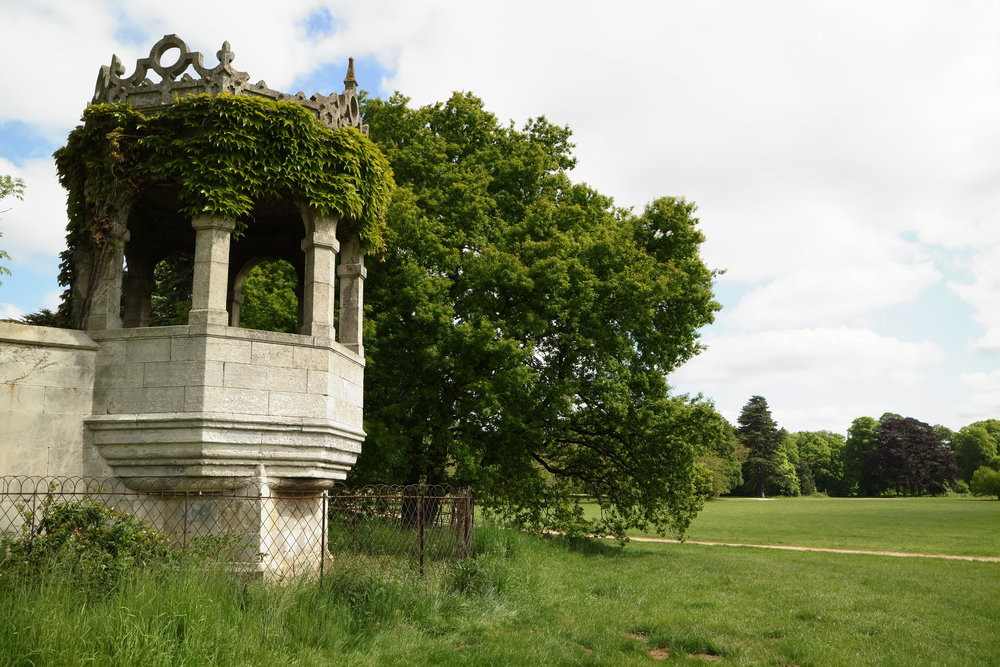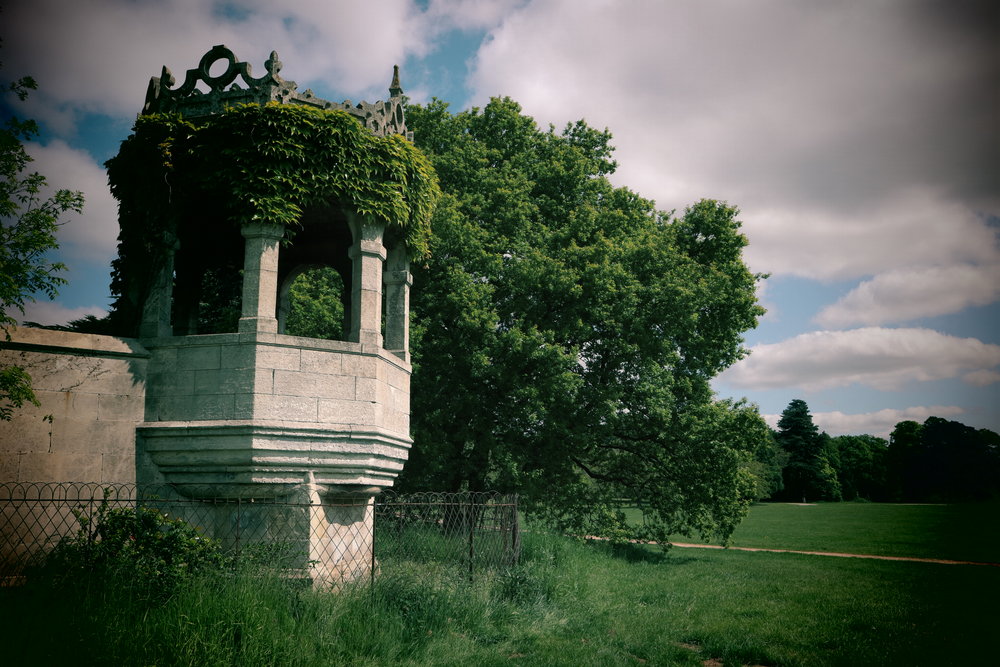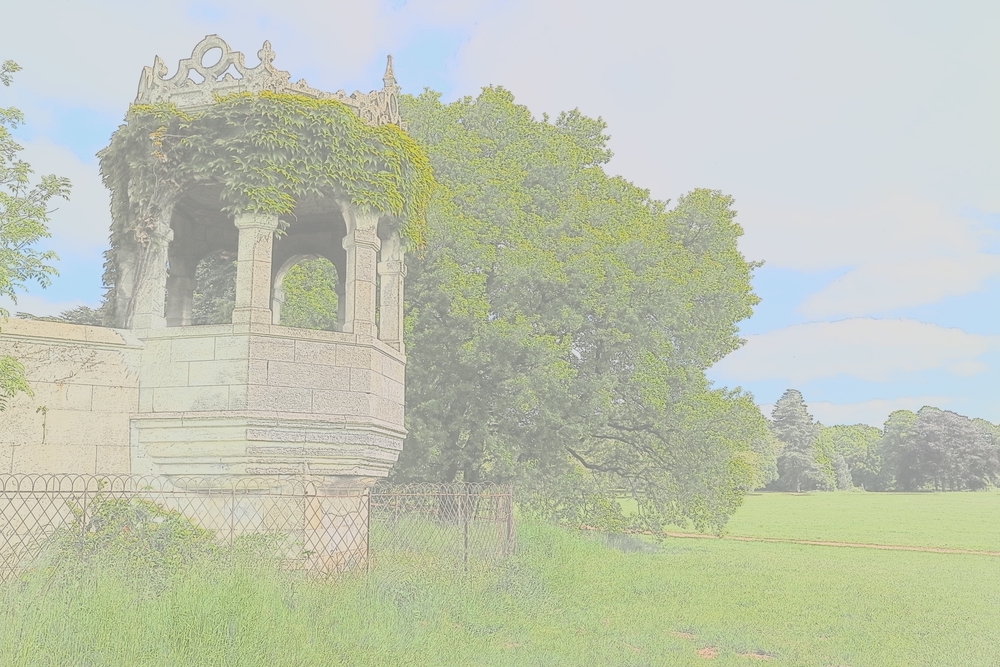Features
Handling
Performance
Verdict
Specification
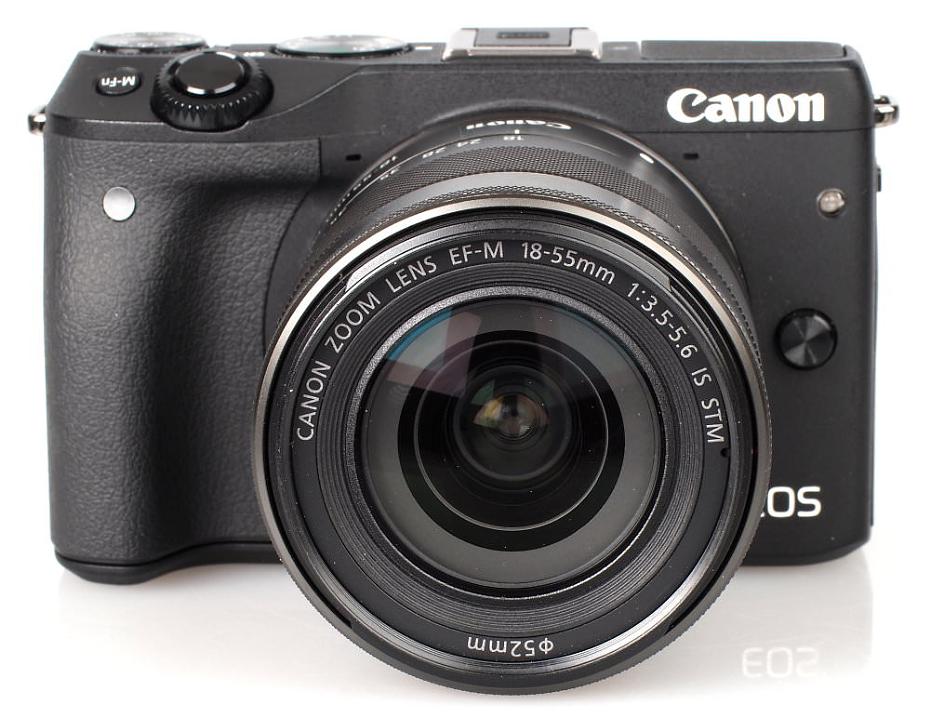
The Canon EOS M3 is Canon's latest mirrorless compact system camera and features a new 24 megapixel APS-C sensor with Hybrid AF system. The camera features a tilting touch screen, plus built-in Wi-Fi and NFC connectivity. The Canon EOS M3 is available for £599 with 18-55mm IS kit lens.
Canon EOS M3 Features
<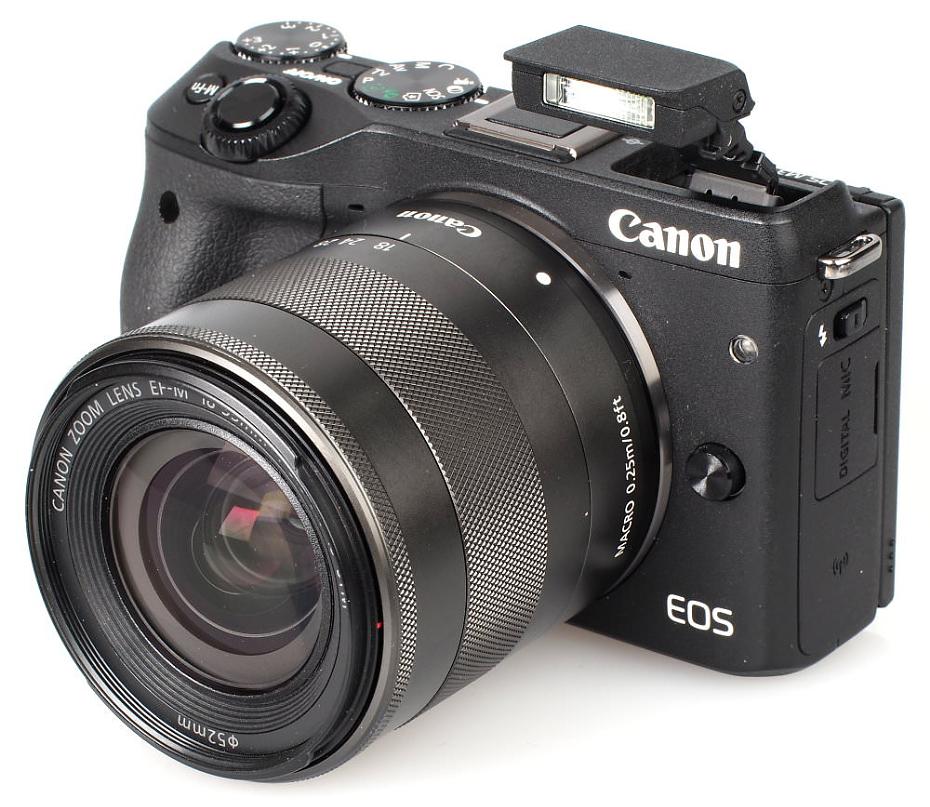
Updating the original Canon EOS M, the EOS M3 has been improved with additional controls, larger grip, and a tilting 3inch touch screen to aid visibility when using the camera outdoors. The camera is designed to give Digital SLR quality, with a more compact sized camera body and lens. The camera uses the same 24.2 megapixel APS-C CMOS sensor and DIGIC 6 processor as the Canon EOS 750D and 760D. The sensor features a 49-point Hybrid CMOS AF III system covering a large area of the frame, which is said to give focus that is 6.1x faster than the original EOS M.
The EOS M3 has an ISO range of ISO100 to ISO12800, which can be extended to ISO25600. On the back the 3inch touch screen tilts up 180 degrees and down 45 degrees, which will help viewing the screen outdoors or when shooting at different angles. The camera uses the EOS EF-M lens mount, which means you will need to use EOS-M lenses, or alternatively you can use EF / EF-S lenses with an adapter, which is sold separately. An optional electronic viewfinder is available, the EVF-DC1, (0.48 type), 4:3 aspect ratio, with 2,360,000 dots, and 100% coverage, although this adds £199 to the cost of the kit.
The camera has full P/Av/Tv/M shooting modes, as well as scene modes, and creative assist to make it easier to take creative shots with the camera. There are customisable controls and buttons on the camera that can be adjusted to suit your shooting preferences. Built-in Wi-Fi and NFC connectivity makes it easy to setup remote shooting, images transfer as well as wireless backup of images.
Video options include fullHD video recording with stereo sound thanks to built-in stereo microphones, or alternatively the camera has a microphone socket on the side.
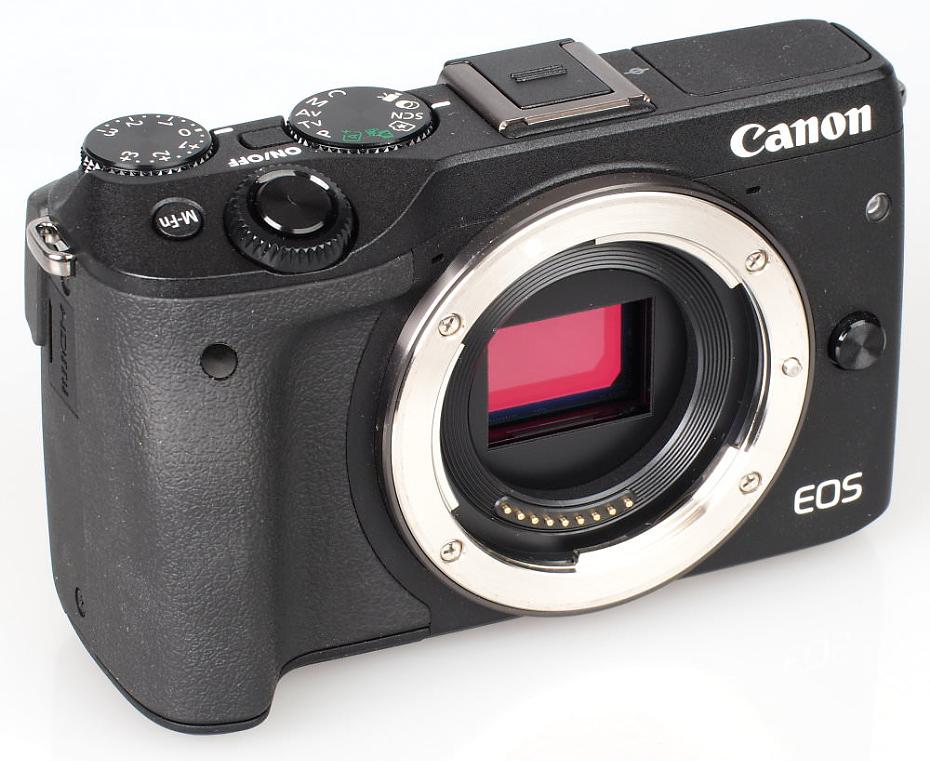
Key Features
- 24.2 megapixel APS-C CMOS sensor
- Canon EOS EF-M mount
- DIGIC 6 image processor
- 3inch tilting touch screen, 1040k dots
- 49 point Hybrid AF III
- FullHD video recording, 30/25/24fps, stereo sound, mic socket
- ISO100 to ISO12800 (expandable to ISO25600)
- 4.2fps continuous shooting
- Wi-Fi and NFC connectivity
- 14-bit RAW shooting
- HDR mode
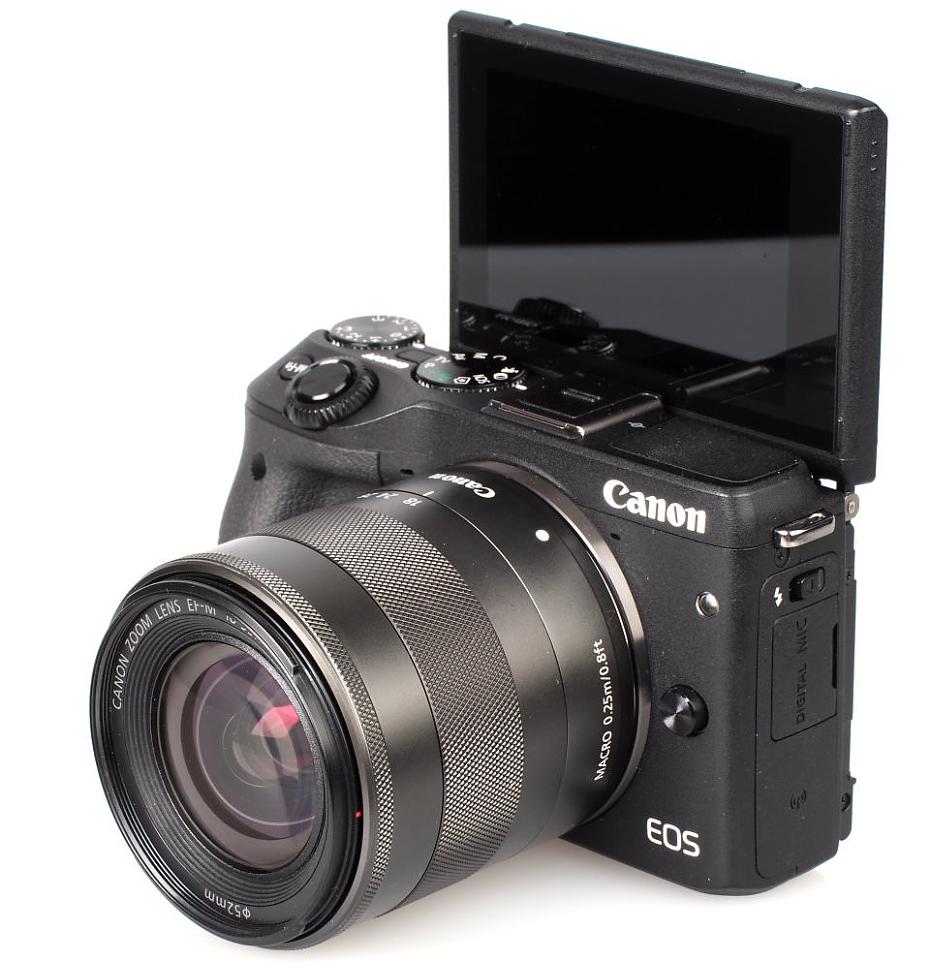
Canon EOS M3 Handling
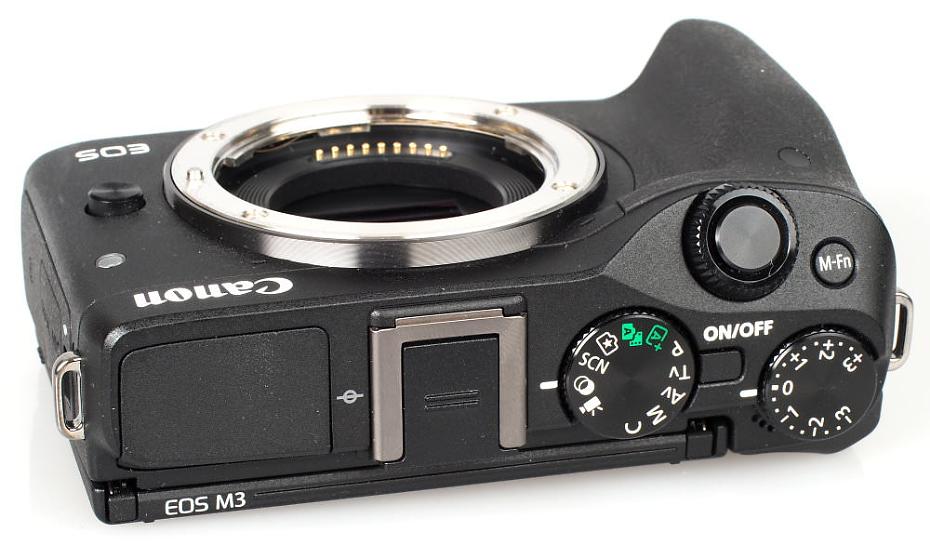
The Canon EOS M3 has a much-improved grip compared to the original EOS M, and now features a deep rubberised grip on the front, with a rubbery grip on the rear for your thumb making the camera feel good in your hand. On the rear thumb grip there are video record and playback buttons, and you might be wondering if you will accidentally press these, however, we found that they were suitably recessed so as not to cause issues.
Build quality is good with a solid metal and plastic construction. The pop-up flash is activated by pressing a side button and features a tough metal hinge that can be tilted backwards to use the flash as a bounce flash. The top features a mode dial, on/off button, shutter release surrounded by a control wheel, exposure compensation, and an M-Fn button. This can be customised, along with the video and delete buttons. The exposure compensation dial is recessed far enough to avoid accidentally turning it.
The controls, buttons and dials are neatly arranged and can all be accessed with your right hand, and the Q. Menu button makes it easy to quickly change settings on screen. You can use the 4-way controller / scroll wheel on the back or alternatively use the responsive touch screen to change settings. You can use the touch-screen to set the focus position, and the 49 AF points covers a fairly large area of the screen, covering 80 percent of the frame vertically and 70 percent horizontally. The touch-screen has a high resolution of 1040K dots, and looks good, with good colour reproduction and viewing angles, and the ability to tilt it helps with viewing images outdoors in bright light, although you may prefer the optional electronic viewfinder if you shoot outdoors regularly.
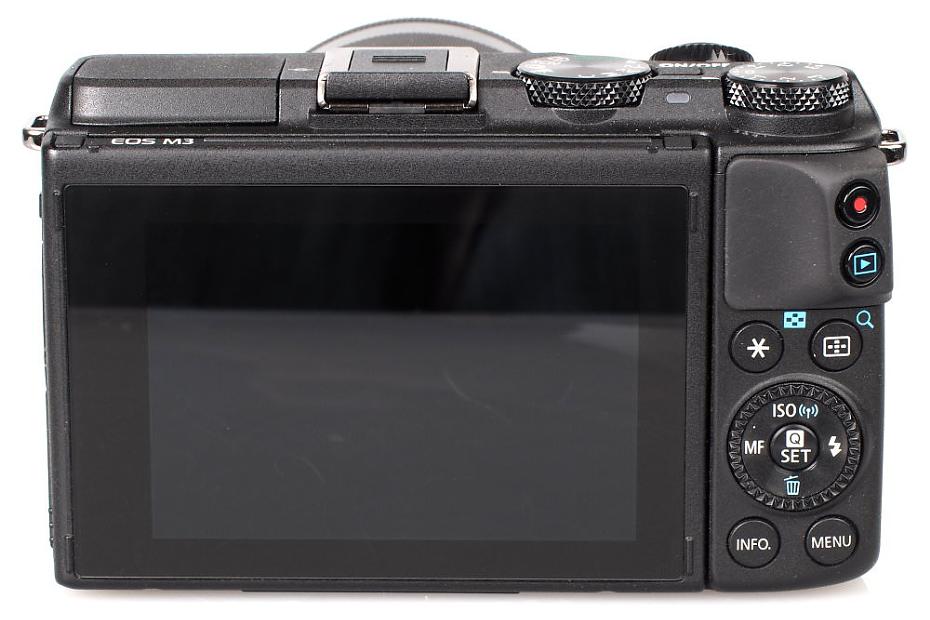
Menus – The menus are clearly laid out into five main areas, and can be adjusted using the controls on the back of the camera, or using the touch-screen, making it easy and quick to change settings.
Wi-Fi features - NFC is designed to make it much easier and quicker to connect to the camera. Canon's Camera Window has been replaced by Canon Camera Connect which is available in the iOS and Android app stores. However, we were unable to successfully setup a connection with the camera from / to our Android smartphone. Hopefully, this will be resolved with a future version of the app that correctly supports the Canon EOS M3. From the camera there are options to connect to another camera, connect to a smartphone, print from a Wi-Fi printer, view images on a DLNA device, and upload to a web service (via Canon Image Gateway).

Battery life - Battery life is rated at 250 shots according to Canon / CIPA test results, which is below average for this class of camera - therefore we would recommend a spare battery if you plan on shooting more, or want to use Wi-Fi a lot.
Speed - We took a number of shots to test the camera's responsiveness, from switch on to first photo, shot to shot, focusing speed etc. We take a number of shots and then use the average to ensure accurate and consistent tests, making it easy to compare with other cameras.
| Shutter Response | <0.05secs |
| Wide - Focus / Shutter Response | 0.2secs |
| Full zoom - Focus / Shutter Response | 0.2secs |
| Switch on Time to Taking a Photo | 2.0secs |
| Shot to Shot without Flash | 1.0secs |
| Shot to Shot with Flash | 1.2secs |
| Continuous Shooting - JPEG (shots before slow down) |
4.2fps (30 shots) |
| Continuous Shooting - Flash | 2fps |
| Continuous Shooting - RAW | 4.2fps (4 shots) |
Focus performance is significantly improved over the original EOS M, with focus speeds at least 6x quicker. The camera could only take 4 raw shots before slowing down to around 1fps, and for anyone who wants to predominantly shoot raw then this is likely to be disappointing.
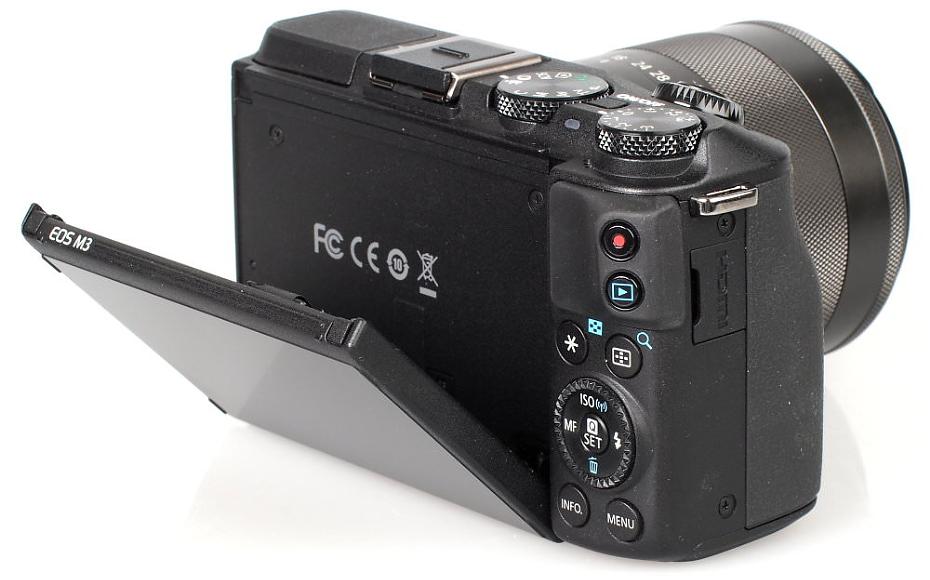
Canon EOS M3 Performance
The performance section is where we look at the image quality performance of the camera. Additional sample photos and product shots are available in the Equipment Database, where you can add your own review, photos and product ratings.
Canon EOS M3 Sample Photos
Sample Photos - Photos have excellent colour reproduction and exposure is reliable. Photos taken with flash have no red-eye, and skin tones are good. Focus is good even in low light, with face detection working well, and the camera gives good noise performance.
Canon EOS M3 Lens test images
Lens Performance - Detail is good at the wide-angle or telephoto end of the lens. The lens is quite susceptable to lens flare if a bright light source is in the frame such as the sun. There is quite strong barrel distortion at the wide end of the lens, even if lens correction is switched on in the menus. Macro performance is reasonably good, although we had to use manual focus to get closer to the subject. Purple fringing and chromatic aberrations are fairly well controlled.
Canon EOS M3 ISO test images
ISO Noise Performance - For the lowest noise and best detail possible we would recommend using ISO100 to ISO1600, as images have low levels of noise and good levels of detail. For lower light situations ISO3200 to ISO6400 still provides good results, although noise increases and detail is reduced. At ISO12800 noise levels become strong and we would recommend avoiding this setting if possible, although results may still be useful if resized and used on the web. ISO25600 is best avoided as noise is extremely high, and detail is very low. The 24 megapixel EOS M3 has improved noise performance and detail at ISO6400 compared to the 18 megapixel EOS M, with better results at ISO12800 as well. There isn't a massive difference in noise levels between other 24 megapixel APS-C cameras, such as the Nikon D7200 and Sony Alpha A6000, with different noise characteristics visible, and overly strong noise reduction applied in the case of the A6000, and weaker noise reduction applied to the EOS M3 images.
Canon EOS M3 White-balance test images
White Balance Performance - Auto White Balance (AWB) performs quite well with a warm result under tungsten lighting, with the tungsten preset giving a more accurate result. AWB performs very well under fluorescent lights, with the fluorescent preset giving a magenta colour cast.
Canon EOS M3 Outdoor images
HDR modes are shown above. You can shoot HDR photos whilst hand holding the camera without the need of a tripod, however for best results a tripod is recommended, as any movement in the frame (such as people walking or leaves swaying in the wind) is likely to cause ghosting.
Canon EOS M3 Digital filters
Digital Filters - The Creative Assist mode makes it easy to adjust background defocus, brightness, contrast, saturation, colour tone, and colour effects. In the Creative Effects mode there are a number of different filters including HDR, as well as miniature and others.
Video - Video is recorded in FullHD (1080p) quality at 30fps / 25fps and focus performs well. The camera gives good audio quality and performs well even in low-light. You can set the microphone sensitivity manually or leave it on auto. Some moire was visible in videos where there were areas of fine detail, for example on clothing. You can use the touch screen to set the focus point when focusing as well. Built in lens-based image stabilisation helps keep videos steady, but for best results we'd recommend the use of a tripod. Additional low-light videos can be found on the ePHOTOzine YouTube channel.
Value For Money
The Canon EOS M3 is available for £599 with 18-55mm IS kit lens which means it's priced somewhere in the middle of mirrorless cameras. Alternatives to look at are listed below, with the number of lenses available in brackets:
Olympus OM-D E-M10, 16mp, 8fps, £499 with lens (over 52+)
Olympus PEN Lite E-PL7, 16mp, 8fps, £385 with lens (over 52+)
Panasonic Lumix GF7, 16mp, 5.8fps, £389 with lens (over 52+)
Panasonic Lumix GM5, 16mp, 5.8fps, £569 with lens (over 52+)
Panasonic Lumix G7, 16mp, 8fps, 4K video, £599 body only (over 52+)
Sony Alpha A6000, 24mp, 11fps with C-AF, £479 with lens (over 18)
Nikon 1 J5, 20mp, 60fps, or 20fps with C-AF, £399 with lens (9 lenses)
Samsung NX500, 28mp, 9fps, 4K video, £599 with lens (17 lenses)
Fujifilm X-A2, 16mp, 5.6fps, £369 with lens (18 lenses)
You'll also need to buy a memory card and a case or bag to keep your camera safe and protected - have a look at our complete guide to camera bags.
Canon EOS M3 Verdict
There is now, more than ever, an enormous amount of competition and choice available in the mirrorless compact system camera market, with each manufacturer trying to gain as much market share as possible in this growing area. Because of this the competition is packed with features and options all trying to out perform the other, with prices lower than ever. As some mirrorless camera systems are more mature than others, the number of lenses and accessories available varies greatly from system to system, and in this respect, the Canon EOS M system has just 4 lenses available. Therefore the EOS M3 would be most suited to someone who wants one of the 4 lenses, or alternatively has a number of EF / EF-S lenses that they want to use with the camera, with an adapter.
As a camera (and if you ignore the lack of native lenses) the Canon EOS M3 deliver high image quality, with good nosie performance up to and including ISO6400, and the camera has siginificantly improved focus performance, making it almost as quick as other mirrorless cameras, and quicker than some. Images have excellent colour and exposure, and look good on the tilting 3inch touch-screen. For a Canon user with a number of EF lenses, then the EOS M3 would make an excellent companion to another DSLR, letting you use your favourite lenses with a smaller camera body. However, the EOS M3 will look much more apealling, if and when the price comes down to a level more in line with the competition.
The Canon EOS M3 delivers very good image quality and has a quick focusing system.

